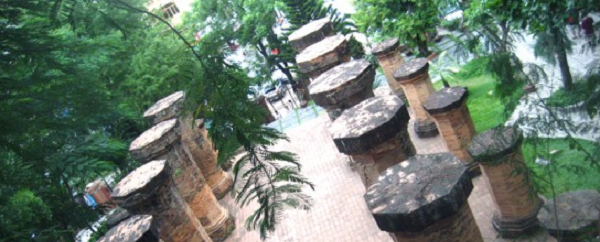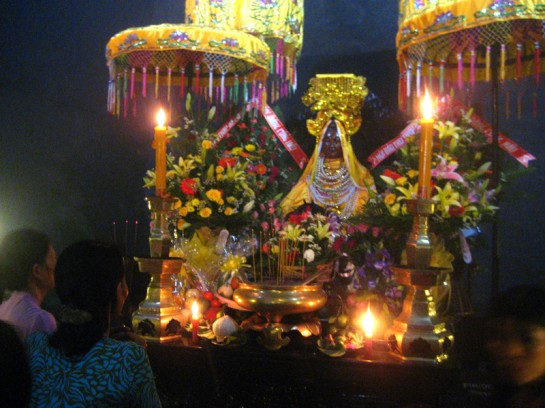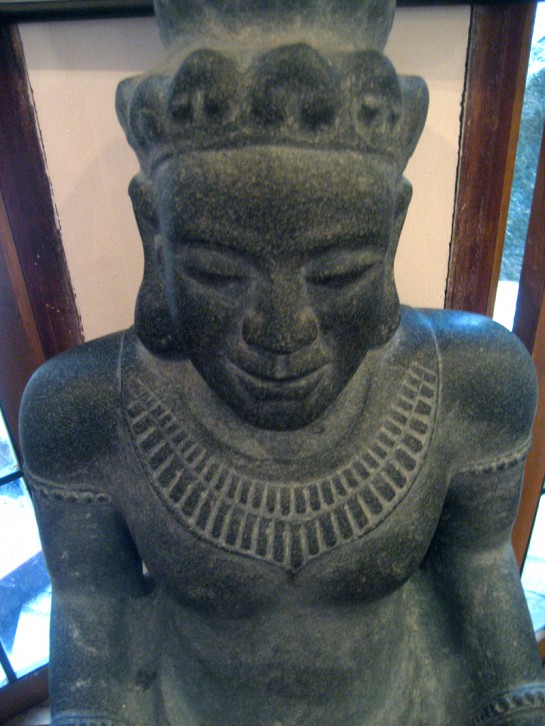
Po Nagar Towers: Ancient Cham Architecture
CultureThe ancient Po Nagar Cham Towers stand out like alien forms against the modern landscape of nearby Nha Trang in Vietnam.
The devout worshipers who practice prayer rituals at the small altars inside various temples combined with the large pots of burning incense contribute to the quieting, spiritual energy that seems to envelop the area.
There were originally eight towers built between the 7th and 12th centuries, but only four remain thanks to centuries of Javanese looters and Vietnamese occupation that threatened the compound’s security and integrity.
At first, it’s difficult to pinpoint exactly what characteristic makes these towers so unusual… but a closer look will reveal that the stacked brick towers don’t actually show typical brick joints, instead, the tower facades appear smooth and even, as if the bricks were stacked on top of one another without the use of cement mortar.
This effect was achieved as a result of the Champa people having used high-quality bricks that were rubbed smooth during construction. The bricks were bonded to one another with a vegetable-based mortar that is credited with having removed major signs of joinery, giving the buildings the smooth, seamless appearance of sculpture that is still enjoyed today.
The towers are more or less simplistic in nature; there is no major surface embellishment, however, the tall buildings are visually stunning because of their protruding support frames and tapering roof structures. The tallest tower is approximately 25 metres high, and sits at the highest point. This structure is a stunning example of complex Cham architecture, due in part to it’s terraced pyramidal roof and vaulted interior masonry.
As is the case with any temple, the Po Nagar Towers were built to honour an ancient god; in this case, the temple is dedicated to Yan Po Nagar, the goddess of the country at the time, who is now identified with the Hindu goddess, Bhagavati.
The Cham were talented sculptors. They are credited as having produced some of the most impressive in-the-round as well as bas-relief sculptures in all of Southeast Asia.
Originally, Champa was an Indic civilization that flourished along the coasts of what has now become central and southern Vietnam between 500 AD and 1500 AD, and was mostly made up of colonists from nearby Indonesian islands. Because the Champa civilization spanned approximately a thousand years, it is very difficult to pinpoint which art form came from which period (can you imagine categorizing a thousand years of French art into one style?! Impossible!), especially because there is evidence that the Cham would build in historic styles outside of the period. I guess it’s the equivalent of a modern-day painter creating a piece of work that references historic techniques and forms.
The Cham have left us all with many architectural marvels and artistic feats. Hopefully generations to come will recognize the value in preserving monuments and the stories that compliment them for future years to enjoy.






























